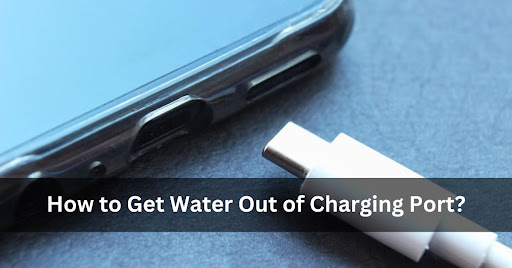Water damage is a potential threat to mobile phones or other electronic devices going out of function. Whether it is an accidental drop in the toilets or rain droplets getting inside them, it becomes a major problem for the devices to function properly. Even though modern phones and devices are mostly water-resistant, they will experience a malfunction when immersed too deep in water.
If you have gotten water into the charging port of your device, don’t panic! Our article will help you to figure out how to get water out of charging port and dry it to make it work as usual.
How To Get Water Out Of Charging Port From Your Device
Water entering your device is a major problem that can harm your device. Moreover, the repair charges for the affected parts burn a hole in the pocket. It is important to act immediately when water gets inside your device and act accordingly. These are some of the steps to be followed if you are looking for how to get water out of charging port.
1] Dry the device completely
Before moving to any further steps, it is very important to wait and let your device completely dry. Leave it in a place that is properly ventilated or where the air is circulating properly and in an upright position to let the water come out of the device by gravity. If you see water droplets inside it even after a few hours, or a notification popping up as “water detected”, you need to wait for some more time before switching on the device.
If you have dropped water in the ocean or saltwater, then it is better to submit your device to the professionals as saltwater is corrosive to the internal parts and can cause severe damage to your expensive gadgets.
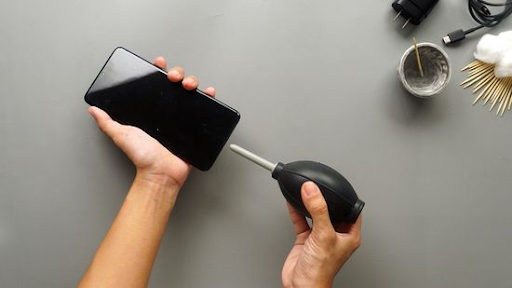
2] Shake Off Excess Water And Remove It Using A Microfiber Towel
If you accidentally spill any liquid on your device, shake it off to get rid of any excess water that is visible present on it if you are looking to how to get water out of charging port. Use a lint-free microfiber towel or a regular towel to wipe off the visible water droplets.
Wrap your device in a microfiber towel as it acts as a great absorbent, it will absorb the water well and help in drying your device quickly. While doing so, it is important to keep the device switched off to avoid any interference and also save the internal components from getting short circuits. Tap off the device several times so that the last drop of water comes out of the charging port.
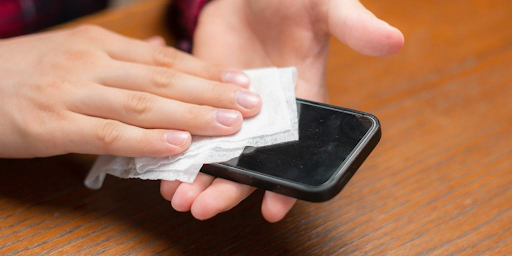
3] Speed Up The Drying Process Of Your Device
When you have tried the above methods, but still moisture is detected in your device, then you try out speeding up the drying process. If the device is taking too long to dry, then you can use a few silica packets to absorb excess moisture. Take a sealable bag and place some silica packets along with your device.
Seal or zip lock the bag and keep it undisturbed for 4-5 hours. The silica packets will absorb all the moisture from the device and also from its surroundings.
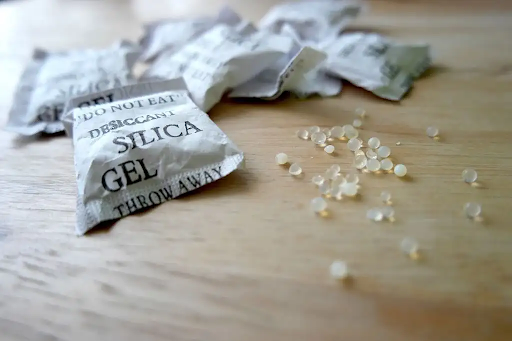
Things To Avoid When Looking For How To Get Water Out Of Charging Port
It is important to keep these things in mind while drying the water from your device. Have a look at them-
1] Do Not Place Your Device In A Sack Of Rice
It is a common practice to place your device, especially, a mobile phone, in a sack of rice if they get wet. They can suck out the excess moisture but in return can do more harm than good. It can leave a small amount of debris inside your phone which can block the openings of the phone. Instead, keep it along with a few silica packets as they are a more quick and effective way to dry out the moisture.
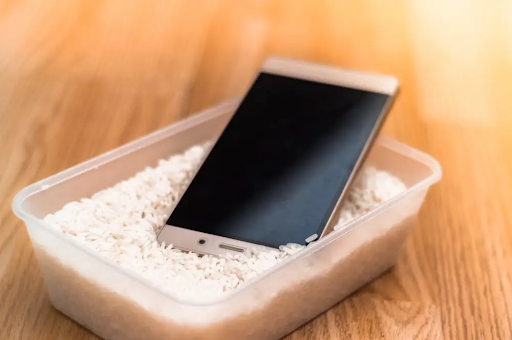
2] Do Not Place The Device In Direct Sunlight To Dry It
Keeping your phones in direct sunlight to dry them might prove to be a very bad idea as it can cause overheating of the device. In this case, it causes more damage to the phone and might even explode upon rising to extreme temperatures. It is better to keep the devices in well-ventilated areas that will aid in the proper drying.
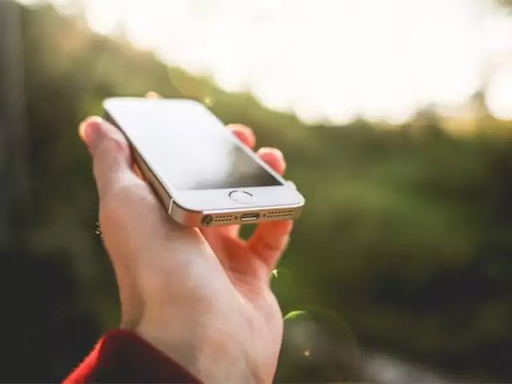
3] Do Not Use A Hair Dryer
It is often recommended to blow the hair dryer through the charging port when looking for effective ways of how to get water out of charging port. But, this can damage the fragile components inside the gadget. Try blowing into the port with your mouth gently to dry out the device.
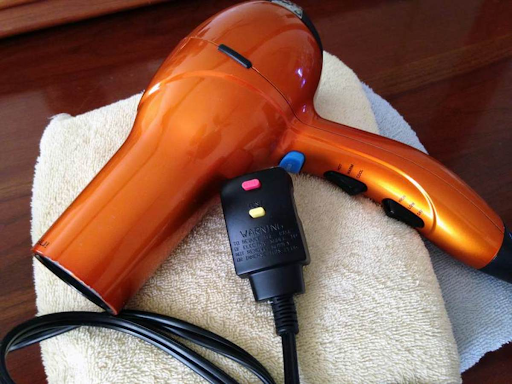
4] Do Not Insert Sharp Objects Through The Charging Port
Do not insert sharp objects like a toothpick or safety pins inside the charging port of your device as it can cause severe damage to fragile electronics inside the device and will hinder the proper functioning of it later on.
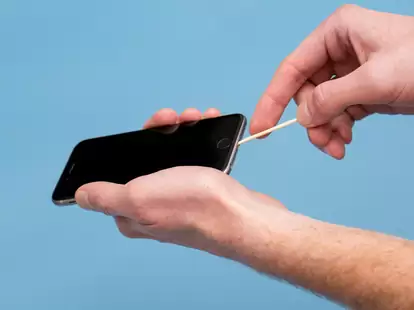
Conclusion
It is obviously not fun when water gets inside any of your devices, especially mobile phones. As a matter of prevention, avoid keeping your devices beside any liquid substance or be careful while handling them near water bodies. In case your device is submerged in deep water, it is better to take it to a repair shop to get it fixed. But, if only a few drops of water have entered into the device, then our guide on how to get water out of charging port will be helpful to you.
Frequently Asked Questions
Q1. Should you keep your phone in a bag of rice to dry the water inside it?
No, it is not recommended to keep your phone inside a bag of rice as some amount of debris can enter your phone through the small opening and cause more damage to your device.
Q2. How to save a phone that has gotten wet?
Firstly, clean your phone with a microfiber towel to get rid of visible moisture. Then, place it in a sealable bag along with silica gel packets to dry the excess moisture from it. Make sure not to switch on your device during the process.
